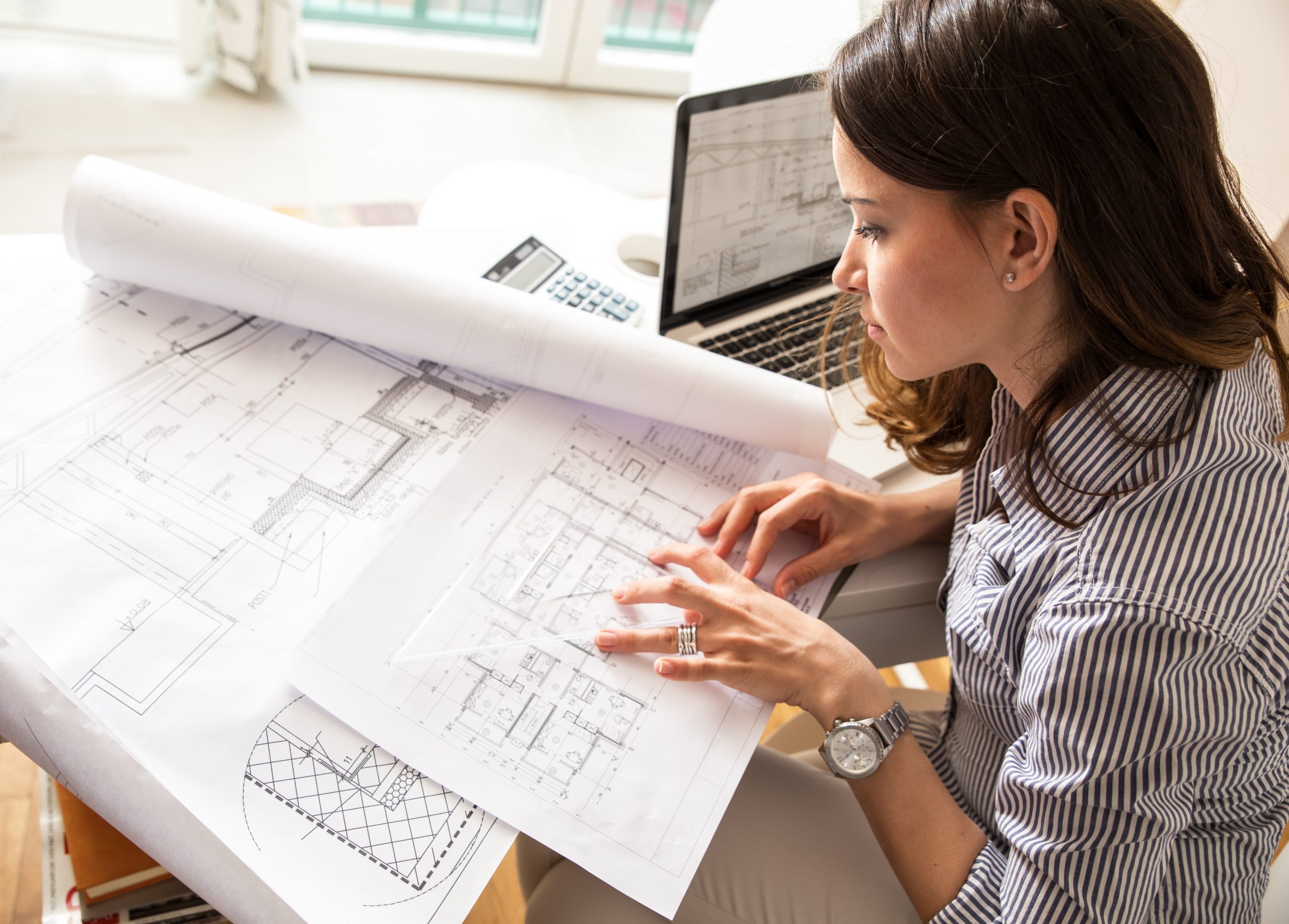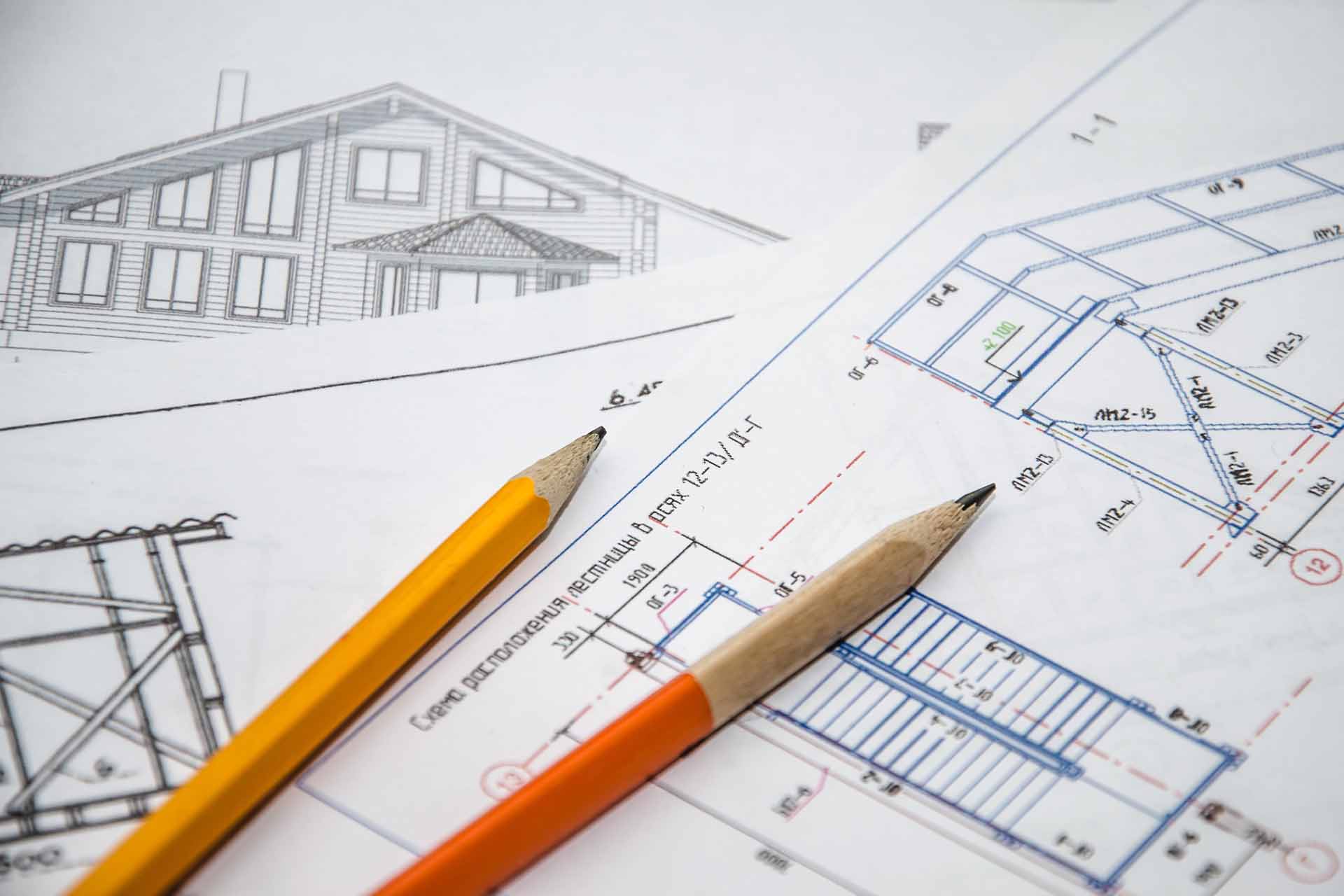Architect Career Path: Abilities, Training, and Advancement Guide
Discover the Crucial Abilities and Qualities Every Architect Should Have
As an architect, you understand that success in your field surpasses simply technical abilities. It's about blending creativity with practicality, cultivating collaboration, and taking care of tasks effectively. Each high quality plays a critical function in your capability to make rooms that inspire and function well. Yet what are the particular skills that can really set you apart? Let's explore the necessary attributes every Architect must cultivate to grow in this ever-evolving career.
Imagination and Development
Imagination and technology go to the heart of architecture, driving the style of areas that influence and operate effortlessly. As an engineer, you'll require to believe outside package, pressing limits to develop unique solutions for your customers. You'll frequently explore brand-new products, techniques, and modern technologies to improve your designs. Accepting technology indicates remaining ahead of patterns while being versatile to change.
You'll also draw ideas from various sources-- nature, art, and also everyday life can stimulate fresh ideas. This ability to mix creative thinking with practicality allows you to deal with complex problems, guaranteeing your styles satisfy both visual and practical needs.
Solid Interaction Skills
While designing amazing areas needs creative thinking, solid interaction abilities are equally as crucial for architects. You require to communicate your ideas plainly to clients, contractors, and employee. Listening is just as crucial; recognizing your customer's vision aids you develop layouts that truly satisfy their needs.
You'll typically have to describe complex concepts in such a way that's easy to comprehend, whether you're providing a proposal or going over products. Reliable communication promotes collaboration, ensuring every person gets on the exact same page throughout the project.
Structure relationships is necessary, as well. When you develop trust fund and connection, customers are more probable to share their problems and feedback, bring about much better end results.
Lastly, don't underestimate the power of body movement and visual help. They can improve your message and make your discussions much more interesting. Strong communication abilities not just raise your layouts but additionally strengthen your expert relationships in the building globe.
Technical Efficiency in Design Software Program
As you navigate the ever-evolving globe of design, grasping style software application ends up being necessary for translating your imaginative ideas into substantial strategies. Acquainting yourself with programs like AutoCAD, Revit, and SketchUp will not just boost your style capabilities yet also improve your operations. These devices allow you to create in-depth illustrations, 3D versions, and also simulations that can help you picture and offer your concepts better.
Routinely updating your abilities and checking out new functions can set you apart from your peers, ensuring your layouts are accurate and ingenious. Ultimately, technological effectiveness in style software application is a cornerstone of successful architecture, aiding you bring your visions to life.
Recognizing of Engineering Concepts

Recognizing engineering principles also enables you to anticipate potential difficulties early in the design procedure. When you know just how different materials behave under different problems, you can make informed selections that enhance your layouts. Your designs need to not just be cosmetically pleasing however likewise useful and sustainable.
In addition, a solid understanding of engineering concepts allows you to innovate within restraints. You can press imaginative borders while still adhering to safety and security standards. Inevitably, this understanding enriches your building technique and sets you apart in an affordable area.
Job Monitoring Abilities
Efficient task administration abilities are crucial for architects, enabling you to look after all facets of a job from perception to conclusion. You'll require to collaborate with various stakeholders, including designers, specialists, and clients, guaranteeing everybody's on the exact same web page. Establishing clear objectives, timelines, and spending plans is fundamental; it assists you maintain the project on the right track and within range.
As a designer, you ought to additionally be adept in danger monitoring, recognizing prospective problems prior to they rise. Strong interaction abilities are necessary, permitting you to articulate your vision and motivate your team. You'll gain from being arranged and detail-oriented, as this helps streamline procedures and prevent pricey delays.
Furthermore, flexibility is essential; jobs often advance, and being adaptable permits you to react successfully to changes. Inevitably, your task administration skills can considerably affect the success of your building endeavors, ensuring you deliver top quality results in a timely manner and within budget plan.
Attention to Information
While managing tasks is important, your focus to information can make a considerable distinction in the high quality of your work. Every line you attract, every material you select, and every little spec you note adds to the overall success of a task. You need to be thorough, making sure that your designs not just satisfy aesthetic standards but additionally stick to building codes and policies.
Missing out on even a little information can bring about costly alterations or security concerns down the line. By cultivating an eager eye for information, you enhance your capacity to find potential troubles before they rise. This alertness not only conserves you time and resources but likewise constructs your credibility as a reliable Architect. Bear in mind, it's typically the tiniest details that raise a task from good to outstanding. Welcome this skill, and let it assist your layout process, making certain that your vision is executed perfectly.
Versatility and Problem-Solving Abilities
As an architect, you'll typically deal with unanticipated adjustments in layout and task demands. Your capacity to welcome these changes and discover ingenious options is necessary for success. Remaining versatile in your technique not only boosts your analytic abilities however likewise keeps your projects on course.
Embracing Change in Layout
Welcoming adjustment in style is crucial for engineers, particularly when steering progressing customer demands and emerging innovations. You need to grow versatility, as projects frequently shift direction based on new insights or restraints. Being open to alter allows you to discover ingenious methods and develop options that resonate with your customers.
When confronted with challenges, your analytical skills come right into play. You'll commonly need to rethink principles and adjust strategies on the fly, making sure that the last result aligns with the customer's vision while fulfilling security and regulatory requirements. By being resourceful and versatile, you not only boost your layouts but also develop depend on with your customers, confirming that you can navigate the complexities of modern-day design successfully.
Cutting-edge Solutions to Difficulties

Flexibility in Project Administration
While maneuvering the intricacies of task management, versatility comes to be a necessary possession for engineers. You'll commonly encounter unforeseen challenges, from layout adjustments to spending plan restrictions, needing fast thinking and adaptability. Welcoming change enables you to pivot your approaches and find innovative solutions, making certain task success.
Solid analytical skills are vital; they allow you to analyze situations, evaluate options, and implement reliable options on the fly. When collaborating with varied groups, being open to responses and different ideas fosters cooperation and sparks creative thinking.
Frequently Asked Questions
What Educational Background Is Required to Come To Be an Engineer?
To come to be a designer, you'll need at the very least a specialist degree in design, typically a Bachelor's or Master's. Finishing an internship and getting licensure through examinations is necessary for your career advancement.
How Essential Is Networking in the Style Area?
Networking's essential in design. It assists you build connections, uncover work possibilities, and gain understandings from skilled professionals. By getting in touch with others, you boost your profession prospects and remain updated on industry patterns and advancements.
What Are the Common Occupation Paths for Architects?
Common profession courses for designers consist of layout functions in firms, project administration, urban preparation, and specialized areas like lasting architecture. Architect. You could also discover training or consulting, depending upon your passions and experiences
Just How Can Designers Stay Upgraded With Market Patterns?
To remain upgraded with industry fads, you need to consistently attend seminars, join specialist associations, subscribe to appropriate magazines, and engage with online discussion forums. Networking with peers additionally helps you acquire understandings into arising advancements in design.
What Duty Does Sustainability Play in Modern Style?
Sustainability shapes modern design by highlighting energy effectiveness, resource preservation, and green products. You'll develop rooms that reduce environmental impact, enhance occupant health, and reply to environment challenges, making your styles a lot more appropriate and impactful.
While making impressive rooms needs creativity, YOURURL.com solid interaction skills are just as important for architects. Solid interaction skills not only boost your styles but additionally enhance your professional relationships in the building globe.
Efficiency in design software lays the foundation for a much deeper understanding of design concepts, which is crucial for designers.As an architect, you'll usually deal with unexpected modifications in design and job demands.Welcoming modification in layout is vital for architects, particularly when guiding advancing client requirements and emerging innovations.